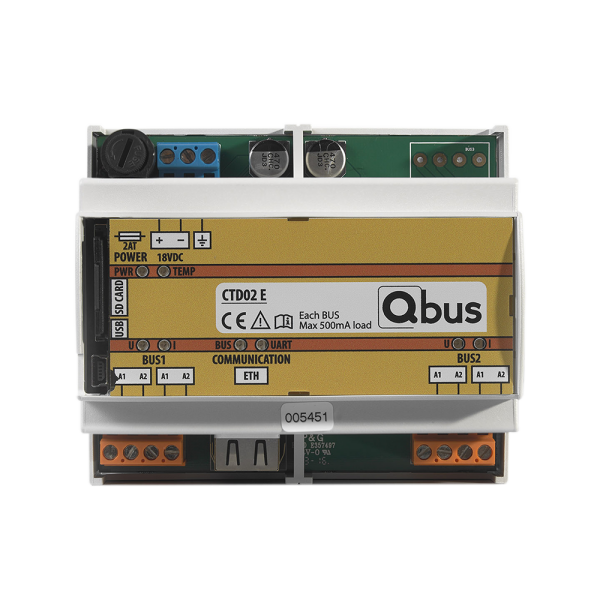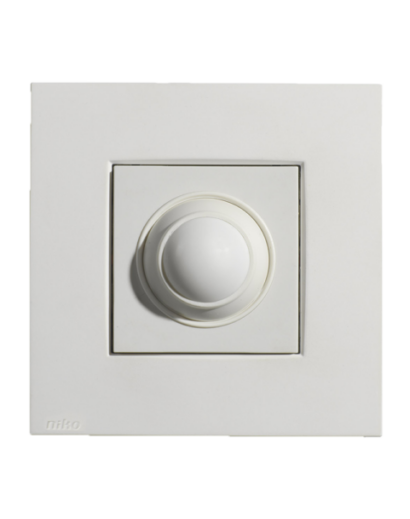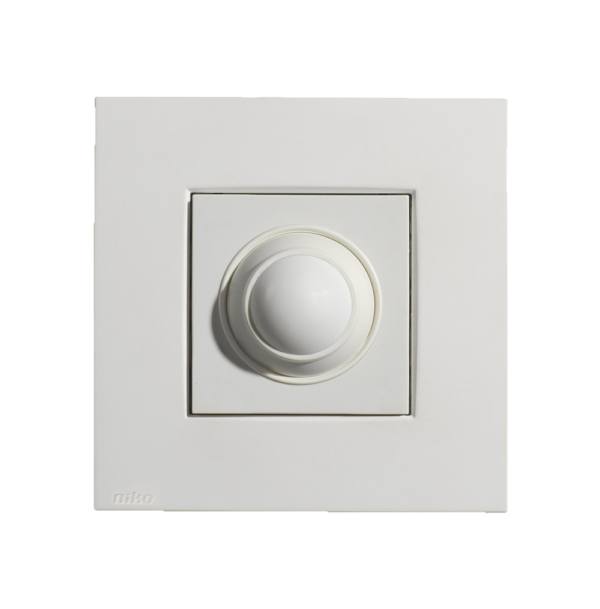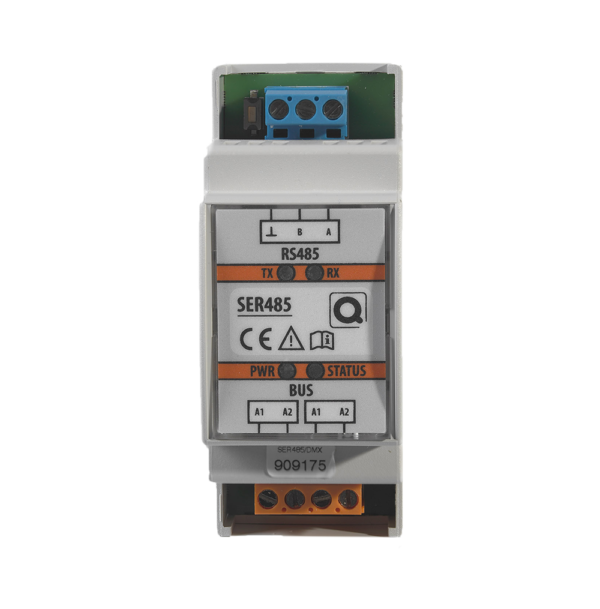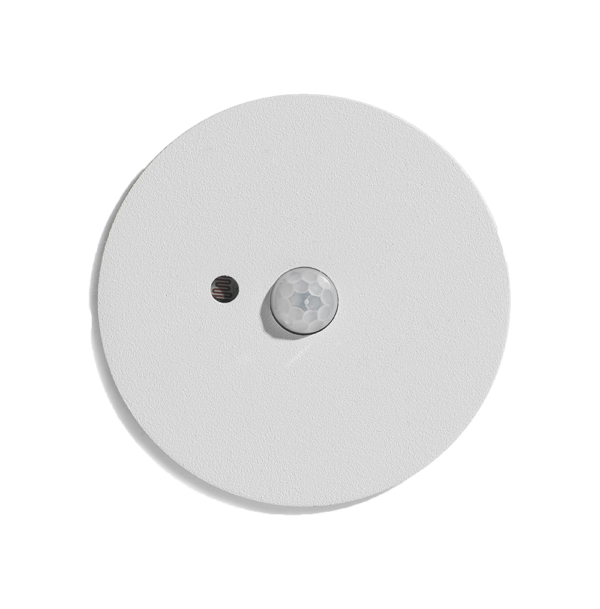CONTROLLER “FULL” WITH USB ETHERNET
GENERAL SPECIFICATIONS :
Power supply : 230Vac +-10%, 50 Hz – maximum
protection 6A/2P
Power supply controller : stabilized 18Vdc/2A
Characteristic consumption : 2VA, no bus load
SD Card 2 GB
Ambient temperature :
Working temp. range : 10°C to 50°C
Storage temp. range : -10°C to 60°C
Maximum humidity : 93%, no moisture
condensation
Internal fuse : 1AF
Max installation altitude : 2.000m
OUTPUTS :
Bus output : 2x 500mA/13,8Vdc
USB connector
Ethernet: RJ45 connector
PHYSICAL SPECIFICATIONS
Housing : Plastic, self-extinguishing acc. to UL94-
V0
Protection Degree : IP20, EN 60529
Installation : rapid mounting on DIN-RAIL, width
6 modules
Dimensions (HxWxL) : 62mm x 90mm x 107mm
Weight : approx. 0.295 kg
ELECTRICAL SAFETY
Bus : 13,8VDC safety extra low voltage (according
EN 60950 – 1 : 2006)
Non-toxic WEEE/ RoHS compliant
CE
Complies with the EMC regulations and low
voltage regulations. The device complies with
HBES – EN 50090-2-2 and EN 60950 – 1 : 2006.
Your custom content goes here. You can add the content for individual product
Related products
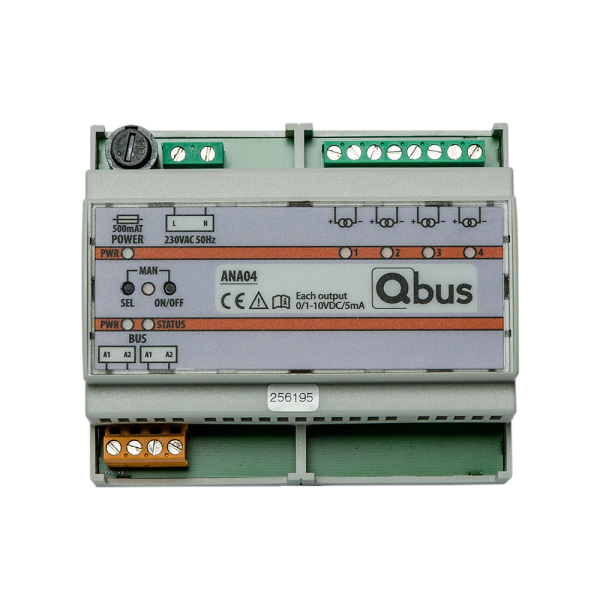
The range of Qbus dimmermodules goes from standard dimmers to dim halogene or incandescent lights over universal dimmers for any load to 0/1-10V dimmers to dim analogue circuits or energy savings lamps.
1 OUTPUT 0/1-10V ANALOG OUTPUT MODULE
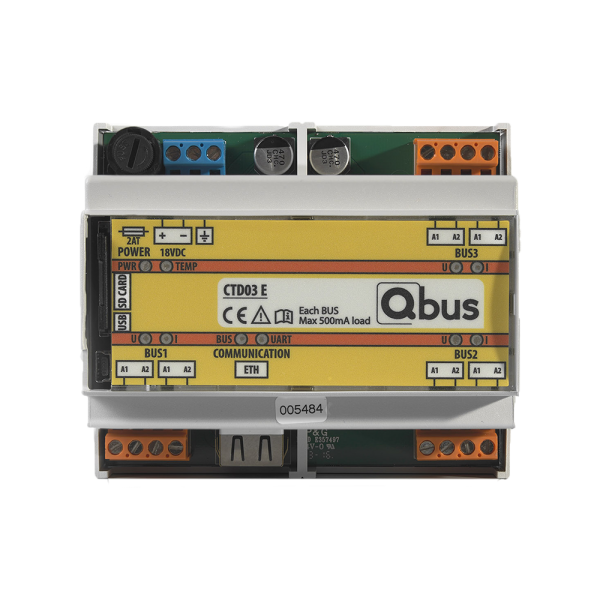
The CTD Controller (Patent Pending) is the heart of your QBus system. The Controller controls and supplies power to all Qbus modules connected via the usual two-wire bus: flexible and easy to install. Each controller has an on-board SD memory card on which all actions that happen on the bus are stored. That data can be used by the Qbus EQOmmand software to visualize, predict and optimize energy consumption. Each CTD has a standard USB port to adapt your system to your liking in an easy way. Optionally, each controller can have an Ethernet port via which you can securely communicate with your controller over the internet.

